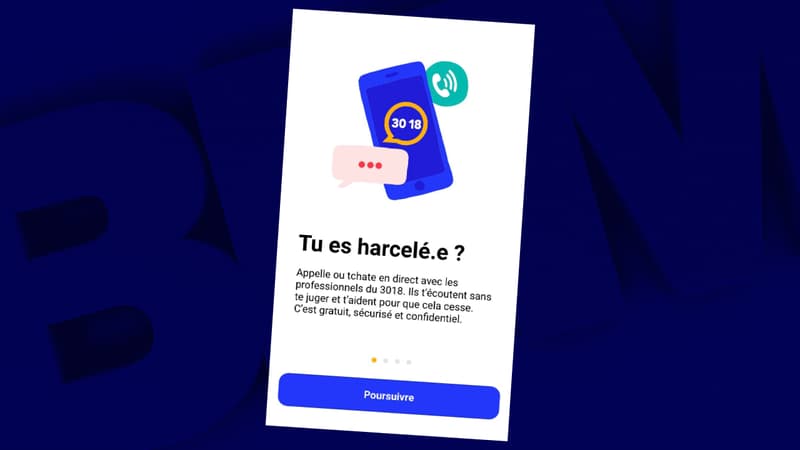Bullying is currently combined with cyberbullying, which is sometimes more harmful because it is often invisible to parents. So this back to school, here are some rules to try to avoid a spiral of online violence for your child, with the help of Justine Atlan, general director of the e-Enfance Association.
· Ask yourself the right questions about the tool
Before thinking about protecting your child from cyberbullying, you should consider the question of the accessibility of social media and messaging. Does my child really need a smartphone? “It’s not a toy,” recalls Justine Atlan, who emphasizes that, ultimately, a parent can offer numerous alternatives: for example, a computer or a tablet only accessible at home, all together with a phone that is not a smartphone.
“In reality, you have to do things step by step, according to age,” continues Justine Atlan. “The idea is not to deprive a 17-year-old of a smartphone, as this would run the risk of marginalizing and desocializing him.”
· Establish a very clear framework
Protecting your child also means establishing clear rules so that they do not get absorbed by notifications, especially if they are malicious: precise time slots, authorized applications, etc.
· Control your access to messaging and social networks
First rule: social media is not for all children. In the vast majority, you need to be at least 13 years old to register (this is especially the case with TikTok) and those under 15 years old must obtain permission from their parents.
In practice, it is quite easy for a child to get around this rule. A quick look at the apps on your smartphone allows you to check the installed apps.
· Get familiar with social networks
If you only have a Facebook account, it’s time to see and understand what’s happening on TikTok or Snapchat. The idea is not to spy on your child, but to understand the mechanics of these platforms and what can be found there.
· Use the parental functions of social networks.
Social networks now allow parents to better control uses. “We can, for example, decide what they can or cannot publish or set parental alerts,” explains Justine Atlan. For example, TikTok offers a “family connection” mode that allows you to link your account to your child’s. This way we can determine if our teenager can search for specific content or manage screen time.
· Communicate with your child
Important point: your child must be aware of the abuse that social networks can cause. “The worst thing you can do is not inform children,” insists Justine Atlan. That is why the use of messaging or social networks must also be explained. “Your teenager will witness cyberbullying and it is important that they understand the problems, so that they report it and, above all, that they do not participate in it.”
Beyond this issue, children must be made aware of digital etiquette: privacy, discrimination, the impact of a “like” on a photo…
· Avoid demonizing the tool
“Smartphone confiscation is your fear, so threatening to take it away risks cutting off communication, especially if you are a victim of cyberbullying,” insists Justine Atlan. “In this case there is no miraculous solution, above all you have to communicate.”
Should we continue to cut off social media when the child is a victim of his or her peers? “If it harms your mental health, you have to block harassers in the applications,” explains Justine Atlan, insisting on the need to take screenshots beforehand for a possible complaint. “We can also temporarily remove the smartphone or tablet because the teenage victim will tend to look at what is said about him.
In case of cyberbullying, you or your child can contact the 3018 and download the attached application to discuss the situation. In close collaboration with the platforms, this E-Enfance unit can request the very rapid removal of content.
Source: BFM TV


